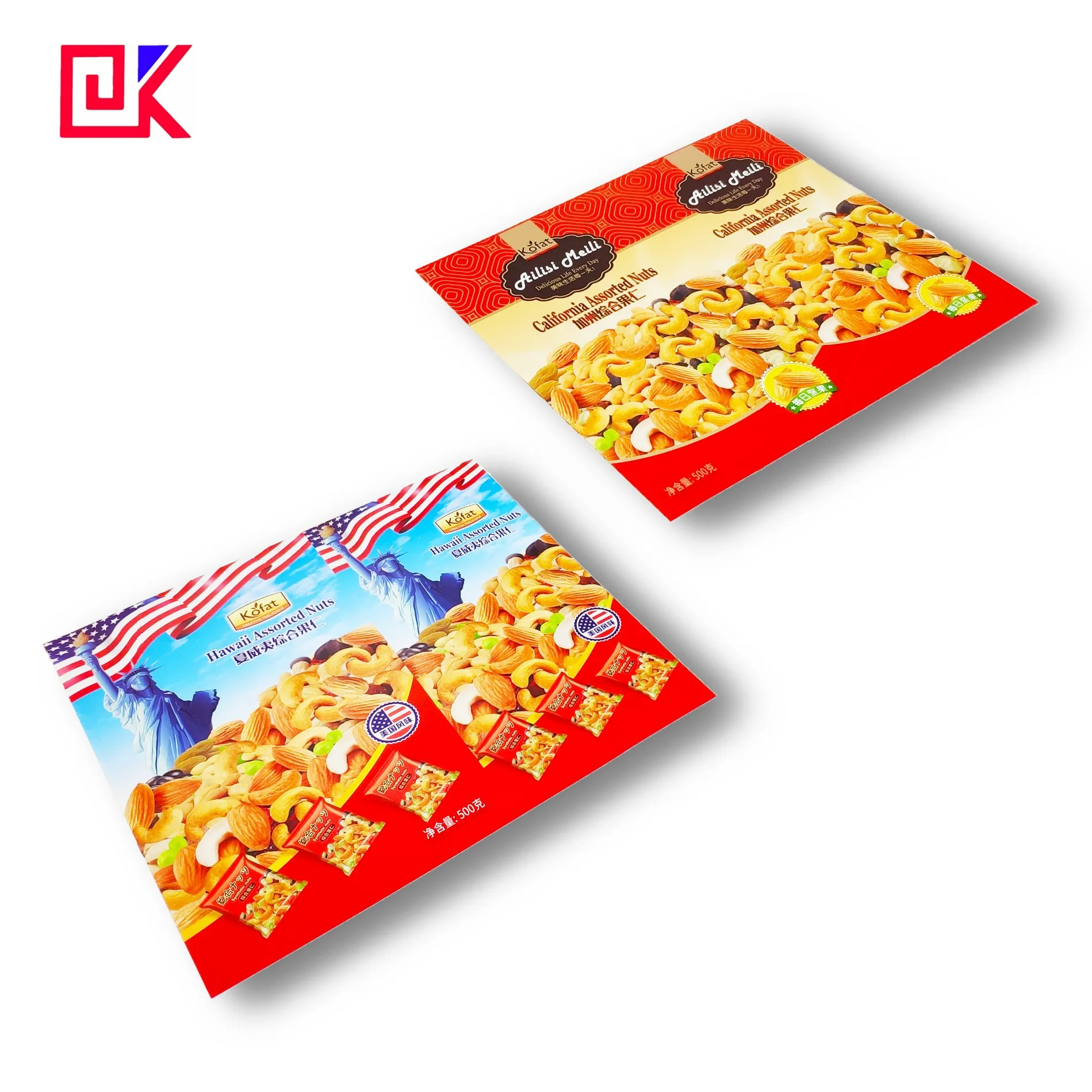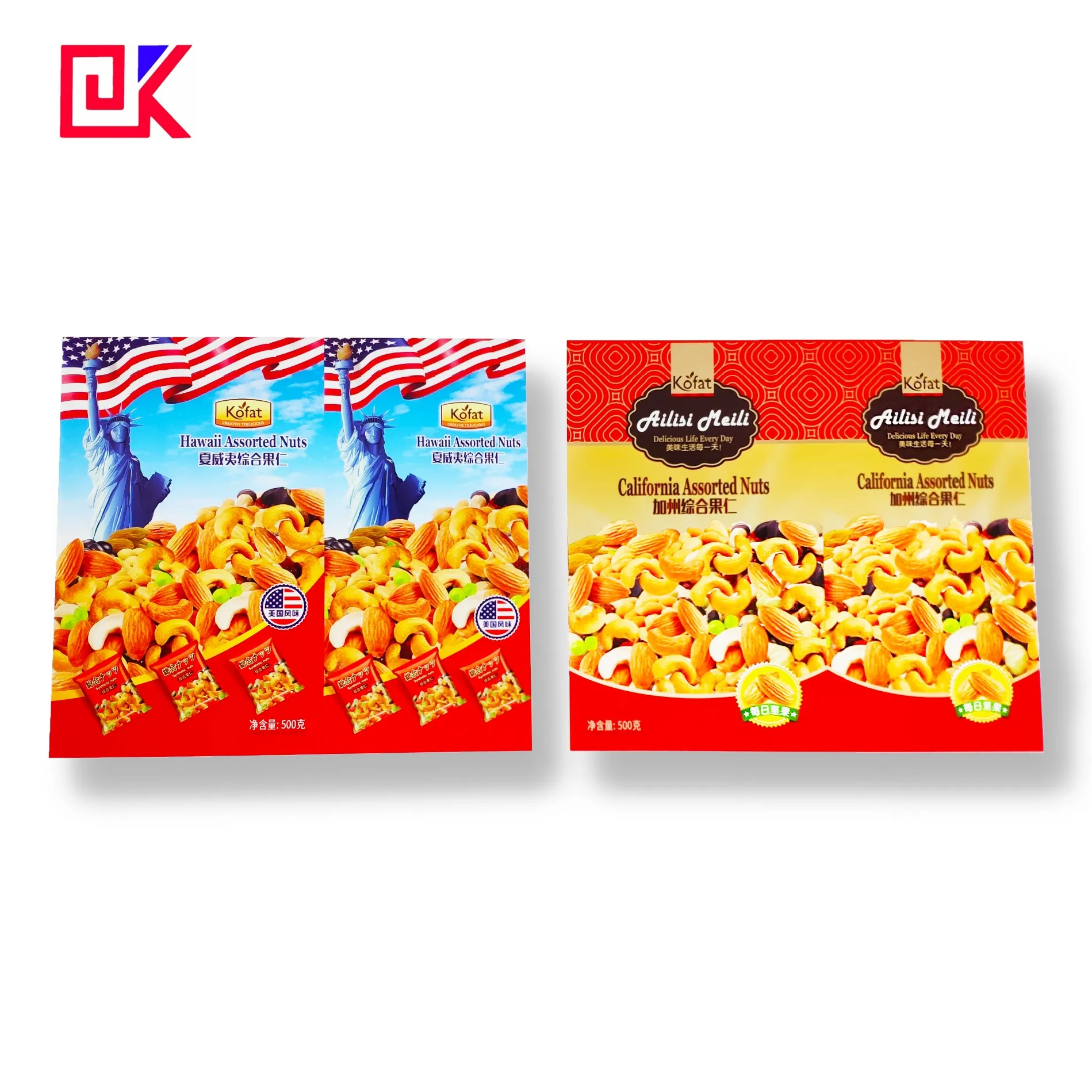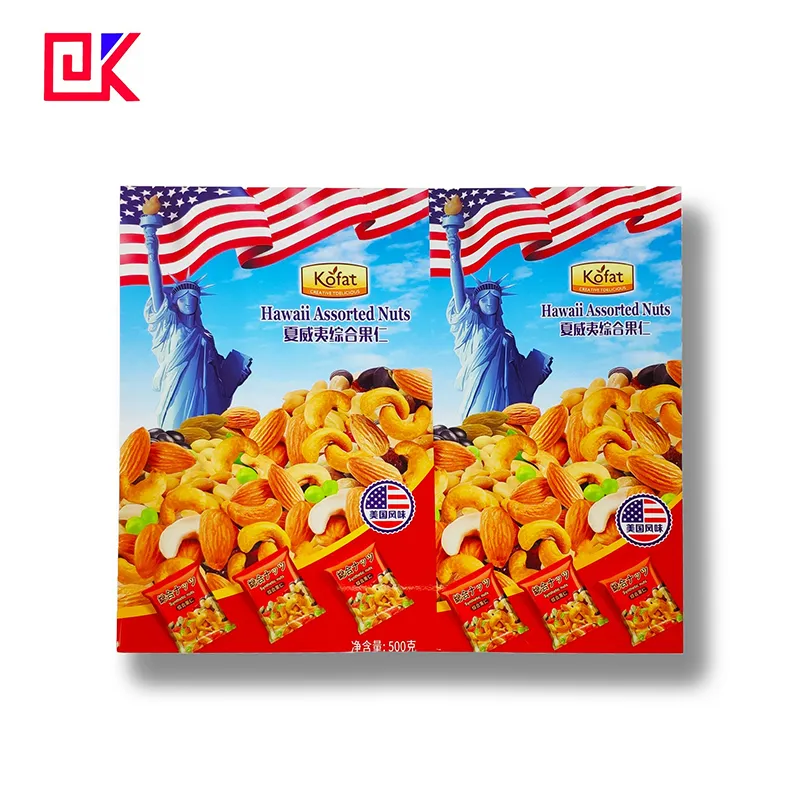Tinplate plate packaging has been widely used in food, daily chemicals, electronics and other industries. However, the rust and color cast problems that are easy to occur during the printing process have always plagued related industries. Due to the special material of tinplate plate, if the key steps of printing cannot be effectively controlled, it will not only affect the appearance of the product, but may even affect the quality of the packaging contents.
This article will discuss in detail how to prevent rust and color cast in tinplate plate printing from aspects such as process flow and environmental factors.

Why is tinplate plate printing prone to rust?
1. The influence of tinplate plate characteristics on rust
Tinplate plate is a tin-plated thin steel plate with a thin steel plate as the substrate and a layer of tin coated on its surface to enhance its corrosion resistance and durability. However, the tin layer is thin, and only an additional protective layer can completely isolate it from external moisture and oxygen erosion. If the coating is damaged during the printing process, or the storage environment is not good after printing, the tin layer will lose its protective effect, resulting in metal oxidation and rust. Therefore, the rust prevention of tinplate plate not only depends on its own tin plating layer, but also requires the help of subsequent printing, coating and other protective treatments.
2. Humidity control during printing is crucial
Humidity control in the printing workshop directly affects the rust resistance of the tinplate plate. If the air humidity is too high, moisture can easily penetrate into the surface of the tinplate plate through the area without the protective layer, causing partial oxidation and rusting of the steel. Especially in the stage when the printing is not completely dry and cured, the surface of the iron sheet will be in direct contact with moisture in the air, increasing the risk of rust. Therefore, in an environment with high humidity, strict humidity control measures are the key to preventing rust.
3. The rust-proof effect of printing ink and primer selection
Tinplate plate printing usually uses special inks and primers, which can not only achieve clear display of patterns, but also play a sealing and isolation role. Choosing inks and primers with excellent rust-proof properties can effectively delay the rust time. If it can quickly solidify to form a dense protective film after printing, it can provide longer protection for the surface of the tinplate plate. Inks and primers with lower quality or poor rust-proof properties are prone to lose their isolation effect after long-term use or in high humidity environments, causing the surface to gradually oxidize.
How to effectively prevent rust on tinplate plates after printing?
1. Cure the printed ink and coating as soon as possible
After printing, the surface ink and coating need to be dried and cured in time. Drying and curing can not only improve the adhesion of the pattern, but also form a stable protective film on the surface. Generally speaking, the drying process needs to be completed at a certain temperature and time. Too low temperature or too short drying time will affect the anti-rust effect and even cause the printing layer to peel off. Therefore, controlling the drying temperature, time and curing speed is an important guarantee for rust prevention.
2. Pay attention to the storage environment and transportation protection
Even if the tinplate plate prints are cured, rust may occur if they are not well protected during storage or transportation. The printed tinplate plate packaging should be stored in a ventilated and dry environment to avoid direct contact with corrosive gases, liquids or air with excessive humidity. In long-distance transportation, the outside of the packaging needs to be wrapped with moisture-proof materials to reduce the impact of moisture in the transportation environment.
3. Regularly inspect and repair printing equipment to prevent secondary pollution
During the printing process, cleaning and maintenance of the equipment are essential. Uncleaned ink residues and impurities accumulated in the nozzles will affect the printing effect and may even produce tiny exposed areas, causing the tinplate plate surface to lose protection and rust. Therefore, regular cleaning and maintenance of printing equipment can effectively reduce the rust on the tinplate plate surface caused by equipment problems.

What causes color cast in tinplate plate printing?
1. The impact of ink quality and characteristics on color cast
Ink is the key to determining color reproduction in tinplate plate printing. Different brands and batches of ink may have slight differences in formula, tone, and concentration. These differences will cause color shift during the printing process, especially for mass-produced tinplate plate packaging. Ink consistency is particularly important. In addition, the ink may produce color shift due to uneven heating during the curing process, so when choosing ink, you should give priority to brands with stable quality and consistent color performance.
2. Temperature and humidity fluctuations in the printing environment
The temperature and humidity in the printing environment will affect the drying speed of the ink, thereby affecting the final color performance. In a high humidity environment, the ink takes a long time to dry, and the color may become darker and the saturation decreases; in an overly dry environment, the ink dries too quickly, which may cause the color to be lighter and the brightness to increase. Therefore, during the printing process, the ambient temperature and humidity should be kept stable as much as possible to avoid color cast caused by environmental factors.
3. The impact of printing plate roller wear on color
Tinplate plate printing usually uses multiple passes to achieve high-quality color presentation. If the printing plate roller wears out during long-term use, the surface will become uneven, resulting in inconsistent ink coloring and color shift. Therefore, regular replacement or repair of the printing plate roller to ensure the clarity and color consistency of the printed pattern is an important measure to prevent color cast.
How to prevent tinplate plate printing color cast?
1. Ensure that the ink batches are consistent and avoid mixing
In mass production, the inconsistency of ink batches will directly lead to color deviation. When printing on tinplate plates, printing plants should try to use the same batch of ink to avoid color differences caused by batch changes. In addition, in the handover of different orders, the color consistency test of the ink should be carried out as a routine test item to ensure product color consistency.
2. Use automated equipment for precise color matching
In modern printing processes, many factories have begun to use automated color matching equipment to accurately adjust the ink concentration according to the set color parameters to ensure the consistency of printed colors. Through the intelligent regulation of the equipment, the color cast problem caused by human color matching errors can be effectively reduced. At the same time, automated equipment can monitor the color performance of the ink during the printing process in real time and make timely adjustments.
3. Strengthen the daily maintenance and calibration of printing equipment
Aging, wear or calibration deviation of equipment will lead to unstable printing colors. To ensure the color consistency of tinplate plate printing, printing equipment needs to be calibrated regularly. In particular, the color matching system and ink delivery system of the printing machine need to be proofread before operation to ensure that the color of each batch of products is accurate. In addition, regular maintenance of the printing machine is also the basis for ensuring color quality.

Does the thickness of the ink layer in tinplate plate printing affect the color cast?
1. The effect of ink thickness on color depth
The thickness of the ink layer plays a vital role in the printing effect. Generally speaking, the thicker the ink layer, the darker the color, while a thinner ink layer will make the color lighter. If the ink thickness cannot be accurately controlled during the printing process, it will not only cause color deviation, but also may cause problems such as unclear patterns. Therefore, strictly controlling the ink thickness and maintaining its uniformity is the key to stable printing colors.
2. How to control the thickness of the ink layer?
Usually, printing factories use scrapers, screen printing and other technical means to control the thickness of the ink. In addition, some equipment is equipped with a thickness detection system, which can monitor the uniformity of the ink layer in real time and adjust the equipment in time to ensure printing quality and color consistency. For printing of special colors, multiple overprinting may be used to increase the ink thickness to ensure that the color effect is consistent with customer expectations.

